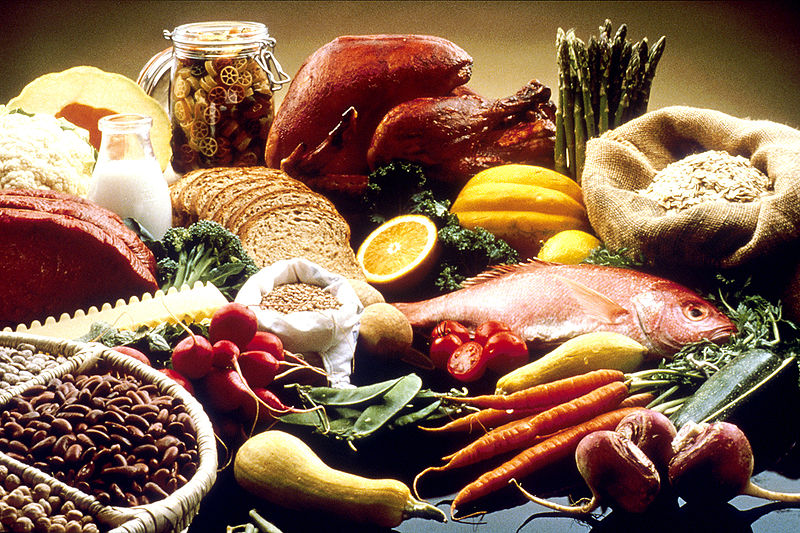In an article posted on the AgResearch website, the Crown research institute’s research director, Dr Trevor Stuthridge, argues for more innovation in the food and fibre sectors.
He writes:
They say necessity is the mother of invention; and right now New Zealand is undoubtedly facing the necessity to act to preserve its place as a leading global producer of food and fibre.
The stakes have never been higher where it comes to challenges we are facing in the form of climate change, water quality, biodiversity, animal welfare expectations, and alternative proteins/changing consumer preferences.
That is why we are looking to our smartest minds, in science and beyond, to help generate the innovations and solutions needed to keep New Zealand as a world leader in agriculture. It’s why AgResearch is proud to be partnering with the likes of ChristchurchNZ, KiwiNet, the Canterbury Mayoral Forum, the University of Canterbury’s Centre for Entrepreneurship and Lincoln University, on the Food, Fibre & Agritech Supernode Challenge.
It’s important that we provide good incentives for people to take their ideas and develop them into practical technologies and processes that can make a difference in what we produce as a country, and how we produce it.
Often it takes time to see important advances come to fruition, and that is why we have to provide people with the right mentoring and supports. At AgResearch, our scientists worked for over a decade, with the support of government and farmers, to reach a world-first in breeding low methane emitting sheep – traits that can be incorporated into our national flock over time. The expertise and experience that sits behind this sheep breeding work is now being shared with other researchers in an effort to achieve something similar with cattle. It is this kind of work that can provide practical tools for farmers to reduce their farm level emissions and contribute to New Zealand’s climate change efforts and reputation.
This animal breeding work started with an idea, and often all it needs is an idea to lead to great things.
Technologies we have trialled at AgResearch such as virtual fencing (where the livestock wear collars that connect them to digital networks replacing physical fences), and our development of sensors that can monitor the urinary nitrogen from livestock (to help reduce nitrate leaching to water), are examples of where innovation is becoming available for farmers. But more is needed.
Encouragingly, research recently published by our scientists concluded that “integration of digital technologies may provide the means to maintain ruminant (animal) production from grasslands in a sustainable operating space”. The research goes on to state that we must “discern the difference between the fascinating and the important in the quest to develop digital solutions”.
So, when we support innovation, we also have to be discerning about what we support. Which of course is what the supernode challenge is all about. Picking winners from high quality fields is never easy, so it’s important to acknowledge the huge amount of time and energy that goes into developing all of the ideas we see coming through this challenge, and elsewhere in the sector.
* The Food, Fibre, and Agritech Supernode Challenge Showcase and Awards Ceremony will be held at E Tipu: The Boma NZ Agri Summit, on 11 May 2021
Source: AgResearch












